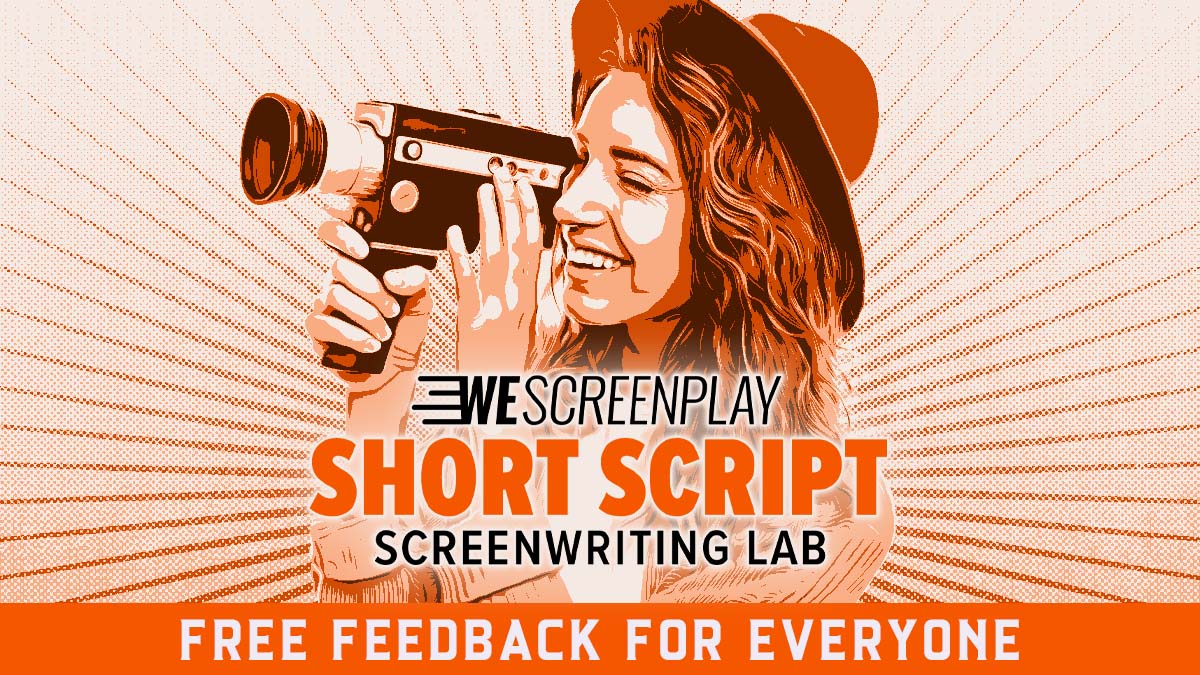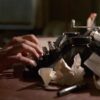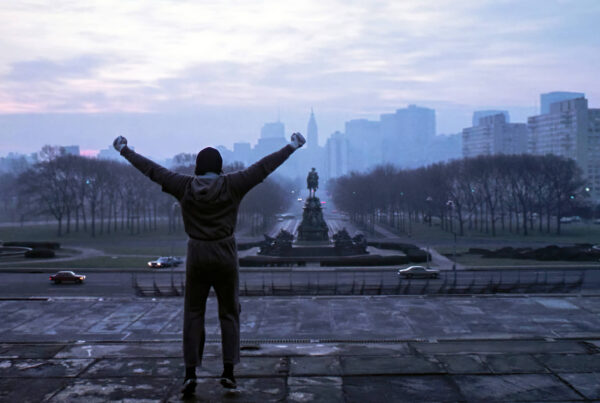 Writing is like safecracking, it’s not as easy as it looks in film. There’s more to it than that. While I assume most writers have never broken into a safe, the principles of the deed have similarities to trying to unlock a story that’s trapped in your mind. This happens quite a lot to me where I’ve got the whole story plotted, but something isn’t right. It’s not clicking. The safe isn’t opening.
Writing is like safecracking, it’s not as easy as it looks in film. There’s more to it than that. While I assume most writers have never broken into a safe, the principles of the deed have similarities to trying to unlock a story that’s trapped in your mind. This happens quite a lot to me where I’ve got the whole story plotted, but something isn’t right. It’s not clicking. The safe isn’t opening.
Here are some of the steps I take to reveal the story within:
Have the Right Tools
Just as there are different types of safes, there are different tools to open them. Everyone has their own preferred methods. Stethoscope? Drill? Code-cracking software? By ear? Every writer has their own approach to the problem. I’m not here to tell you that you’re wrong, just how to apply what you have. Some safes are harder to crack than others.
The best way to get comfortable with your tools? Writing experience. Not necessarily published works or final drafts, but at least a notebook full of scribbled ideas. You need to be sharp. Keep your skills honed. I doubt anyone can crack a safe their first try with just a good ear. You need to learn how to use your tools and use them well. How do you do that? Practice. Write poetry, fanfiction, advertisement jingles, whatever suits you. Just maintain writing habits and keep the creativity flowing and you’ll be ready to take a crack at opening the safe. This will give you the knowledge you need to have a chance.
Remove Distractions
Safecracking is delicate work. It needs a sensitive ear. By removing distractions from your story and getting to the core of the work you will have a better chance at unlocking it with the fewest attempts. If you’re like me, you like to flood your mind with research and all of the colorful, but unnecessary details for the story. This, as I have learned, clouds the part of the story that needs my attention the most. With all of these distractions, I can’t focus on the safe and the story within.
By focusing on the core necessities of the story (the tumblers that you have to release, if you will), getting to the story within is so much easier. Research is great and detail is necessary, but getting the structure of the story down is the fastest route to a complete story and one that creates less stress and frustration.
Unlocking the Tumblers
There are three big questions that must be answered to get the satisfaction of swinging that door wide open and taking what’s inside. They are simple questions that require a lot of thought and planning.
First: Premise. What do you want your story to convey? The theme is the skeletal structure of your story. It gives the story shape and support. If something in your story doesn’t connect with the theme, your story can’t be whole. Every scene needs to have the premise at the core of it. Without the premise, a story is just a string of actions without purpose. For more on themes, check out this article. Click – first tumbler down.
Second: Characters. These are the muscles. They take your premise and put it into action. Through their development in the story, your characters all have a part to take of the theme. It connects them like a mountain climber’s lifeline. Their character development hinges on the theme in some manner whether it’s cursory or central to them. Any character that doesn’t link with the theme will seem out-of-place. Having too many or too few characters can also inhibit the movement of the theme. Figuring out that perfect combination of characters – no details are needed! Just their association with the premise is all that’s required to unlock that second tumbler. For more on characters, check out this article based on the teachings of Lajos Egri. Click. One more to go.
Third: Conflict. To wrap characters and premise together, you need the catalysts for the characters and the premise to interact: conflict. What is it that goes wrong that sends the characters on a life-changing adventure? Each point of conflict is a moment your character(s) develops along the theme. They are tests that challenge the characters to look at themselves internally and the conflict as a whole. How they choose to act during conflict will reveal who they are and carries the story forward. Character choice is everything and it’s very important to know what conflict points and decisions will push the premise forward to the end of your story.
Once you figure out those three important questions, Click your story is ready for you to take and embellish. Go crazy. Details! Research! Concept art! Adjustments happen and are allowed, but with this core structure, the story should be a simple matter of coloring in the lines drawn.
Happy writing!
 Beverly Peders is a Screenwriting graduate from Drexel University. She loves all visual writing mediums and has experience in writing plays, comic books, screenplays, TV sitcoms, and video games. World building is her favorite and she obsesses over anthropology and linguistics. In her spare time, you may find her trying to get over her fear of heights at a rock wall or adopting yet another plant because she can’t afford an actual pet.
Beverly Peders is a Screenwriting graduate from Drexel University. She loves all visual writing mediums and has experience in writing plays, comic books, screenplays, TV sitcoms, and video games. World building is her favorite and she obsesses over anthropology and linguistics. In her spare time, you may find her trying to get over her fear of heights at a rock wall or adopting yet another plant because she can’t afford an actual pet.
For all the latest from WeScreenplay, be sure to follow us on Twitter, Facebook, and Instagram.
















